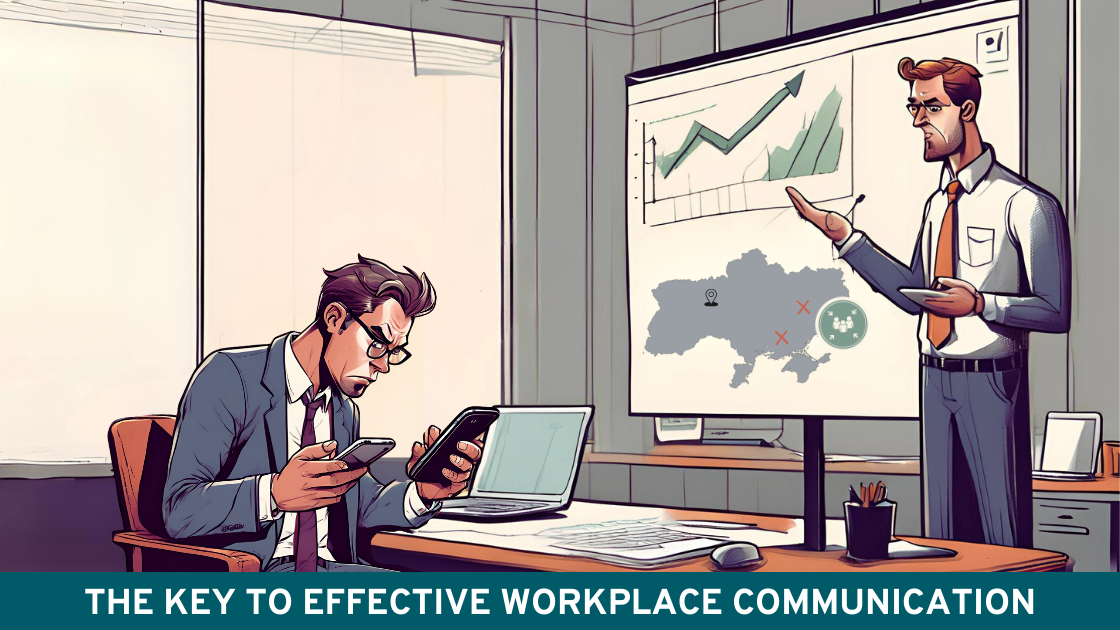The Illusion of Labour: Why Painful Processes Diminish Success, by Colin Pereira
A tenet of marketing is that consumers perceive a product is better quality or more valuable if they know how much hard work has gone into it.
It is why travel company Kayak.com highlights how many websites and prices it scrapes before presenting the best option. Or why Aquafresh introduced red, blue and white dye stripes to its toothpaste, which serves to convince people the product provides triple protection and works harder than non-striped toothpaste.
In my experience, managers can often equate volume with quality, particularly when it comes to risk assessments.
In fact, one manager once told me that he likes to make the risk management process complex, because then he knows his staff have really thought about the risks when presenting their case. On another occasion – a television executive – when given a bulky risk assessment for a shoot, weighed it in the palm of her hand and announced, “it feels about right.”
Effort may indeed equal a more valuable product if you are carving a sculpture or designing bespoke furniture. In risk assessment, making the process arduous may just have the opposite effect.
If you make a process too hard, the chances are people will not see it through to the end. In a recent consumer study by Splitit, 87% of online shoppers said they would abandon their shopping carts during checkout if the process was too complex. On top of that, 55% admitted they would abandon their carts and never return to the retailer’s site.


“Complexity is the enemy of execution.”
Tony Robbins, the NY times bestseller and motivational guru
Our experience tells us that to work smart in risk management, simplification is the key. Streamlining the process by removing duplication and eliminating unnecessary information allows people to focus on the most pertinent risks and how to mitigate them.
At specific times, it may be beneficial to introduce a degree of difficulty to make the individual pause and reevaluate. This is a commonly used tactic in e-commerce, where before placing the final order, an additional confirmation is required to prevent accidental ordering.
Likewise in risk management, the intelligent introduction of friction in the right dose at the right juncture – can make a user get out of autopilot, engage in critical thinking and adopt a safer approach.

You want the ride to be smooth, but occasionally you need people to slow down.
As a rule, however, we know that simplification is the ultimate sophistication in risk management. That is why we drew on our hard-earned decades of safety experience to build from scratch an intuitive risk assessment platform that helps organisations to streamline their risk management processes.
If you want to find out how, contact us on info@riskpal.co.uk.



